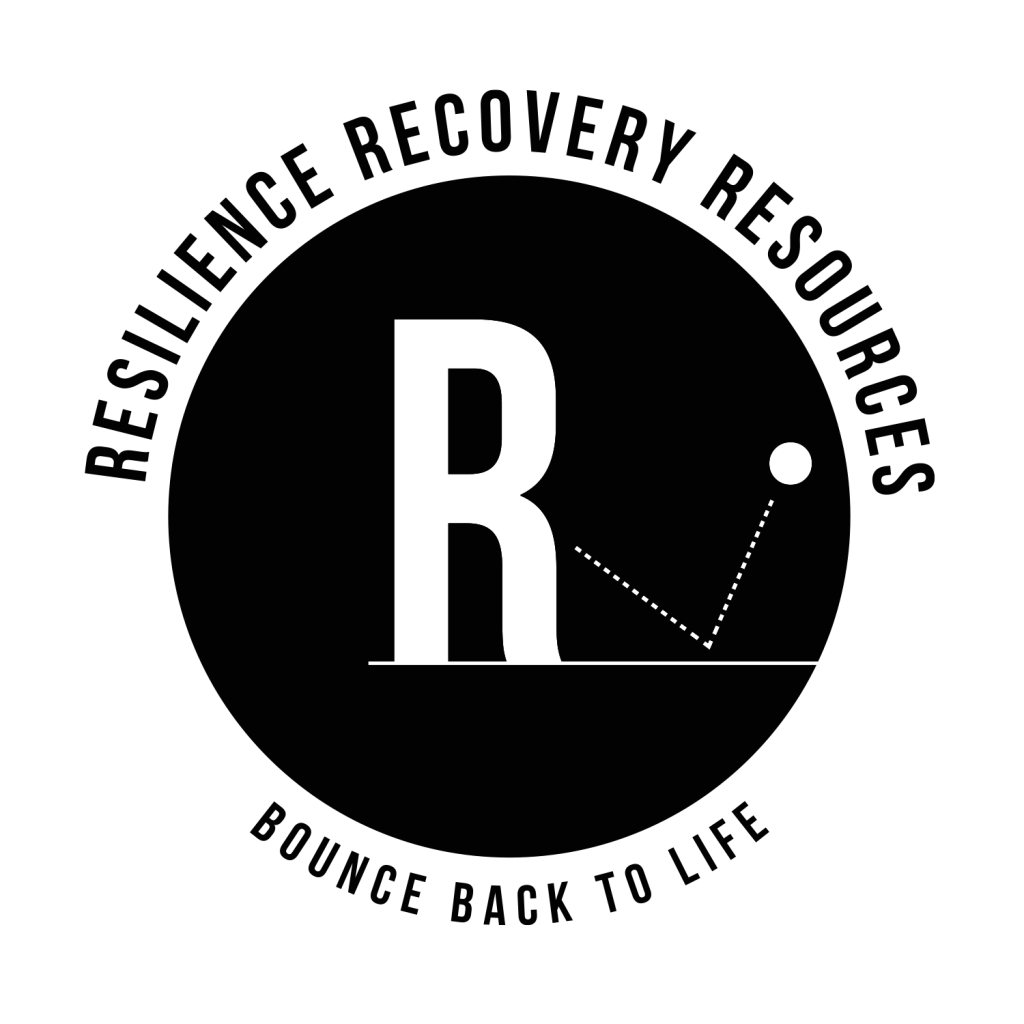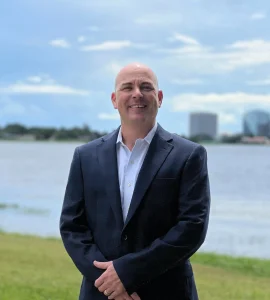What’s the Difference Between PHP and IOP? Understanding Your Treatment Options
When seeking addiction and mental health treatment, understanding the different levels of care available is crucial for making informed decisions about your recovery journey. Two commonly discussed treatment options are Partial Hospitalization Programs (PHP) and Intensive Outpatient Programs (IOP). While both provide structured support for individuals recovering from substance use disorders and mental health conditions, they differ significantly in intensity, time commitment, and treatment approach.
At Resilience Recovery Resources in West Palm Beach, we offer both PHP and IOP programs specifically designed for adolescents and young adult males. Understanding these differences can help you or your loved one choose the most appropriate level of care for lasting recovery.
Quick Comparison at a Glance
PHP vs IOP Treatment Programs
Choose the Right Level of Care for Your Recovery Journey
Several hours daily
3-5 hours daily
(Intensive)
(Moderate)
(intensive)
(extended)
Near full-time
Work/school compatible
• Group therapy (25 hrs/week)
• Family therapy
• Medical oversight
• Case management
• Group therapy (9-15 hrs/week)
• Family updates
• Medical supervision
• Life skills training
• Ages 14-28 males
• Need intensive daily support
• Co-occurring disorders
• Ages 14-28 males
• Maintain work/school
• Stable recovery progress
Resilience Recovery Resources
Specialized addiction & mental health treatment for adolescent & young adult males
West Palm Beach, Florida
What is a Partial Hospitalization Program (PHP)?
A Partial Hospitalization Program represents the highest level of outpatient care available for individuals with substance abuse and mental health conditions. PHP provides intensive, structured treatment while allowing patients to return home each evening, making it an ideal step-down from inpatient care or an alternative for those who don’t require 24-hour supervision.
Key Features of PHP:
Treatment Schedule: PHP typically requires 5-7 days per week of attendance, with sessions lasting 4-6 hours daily. This intensive schedule provides approximately 20-30 hours of treatment per week.
Clinical Components:
- Individual therapy sessions
- Group therapy multiple times per week
- Family therapy components
- Psychiatric evaluations and medication management
- Educational workshops on addiction and mental health
- Life skills training
Treatment Duration: Most PHP programs last 2-4 weeks on average, though duration varies based on individual needs and progress.
According to the Substance Abuse and Mental Health Services Administration (SAMHSA), PHP is designed for individuals who need “more intensive services than those available in traditional outpatient settings but do not require 24-hour care” (SAMHSA Treatment Locator, 2024).
What is an Intensive Outpatient Program (IOP)?
An Intensive Outpatient Program offers structured treatment while providing greater flexibility than PHP. IOP serves as an excellent option for individuals who have completed higher levels of care or those whose co-occurring disorders or substance use issues require more support than standard outpatient therapy but less than PHP.
Key Features of IOP:
Treatment Schedule: IOP typically requires 3-5 days per week, with sessions lasting 2-4 hours each. This provides approximately 9-20 hours of treatment per week.
Clinical Components:
- Group therapy sessions (primary treatment modality)
- Individual counseling sessions
- Educational groups focusing on relapse prevention
- Family involvement opportunities
- Psychiatric services as needed
Treatment Duration: IOP programs generally last 8-12 weeks, though some individuals may benefit from longer participation.
The American Society of Addiction Medicine (ASAM) defines IOP as providing “treatment services during the day, before or after work or school, leaving patients free to apply what they’ve learned to their daily lives” (ASAM Criteria, 2023).
Key Differences Between PHP and IOP
1. Treatment Intensity and Time Commitment
PHP offers the most intensive outpatient experience, requiring nearly full-time commitment during business hours. This intensive structure is particularly beneficial for individuals with anxiety, depression, or trauma who need significant daily support.
IOP provides substantial support while allowing individuals to maintain work, school, or family responsibilities. This flexibility makes it ideal for those transitioning back to their daily routines.
2. Clinical Supervision
PHP provides daily clinical oversight with immediate access to psychiatric and medical services. Participants receive constant monitoring of their progress and any potential complications.
IOP offers regular clinical supervision but with less frequent contact between sessions. Participants are expected to demonstrate greater independence in managing their recovery.
3. Target Population
PHP is typically recommended for individuals who:
- Recently completed inpatient or residential treatment
- Have severe mental health symptoms requiring daily monitoring
- Experience frequent cravings or urges to use substances
- Need intensive family therapy and support
- Require medication adjustments or psychiatric stabilization
- Have had multiple unsuccessful attempts at lower levels of care
IOP is often appropriate for individuals who:
- Have completed PHP and are ready for step-down care
- Demonstrate stable mental health with manageable symptoms
- Show commitment to recovery and can maintain abstinence between sessions
- Have supportive home environments
- Need to maintain work, school, or family obligations
- Are motivated for less intensive but consistent treatment
Treatment Approaches in Both Programs
Both PHP and IOP at Resilience Recovery Resources utilize evidence-based treatment modalities proven effective for addiction and mental health conditions:
Cognitive Behavioral Therapy (CBT)
Research published in the Journal of Consulting and Clinical Psychology demonstrates CBT’s effectiveness in treating both substance use disorders and co-occurring mental health conditions (Hofmann et al., 2012).
Dialectical Behavior Therapy (DBT)
Particularly effective for individuals with emotion regulation challenges, DBT skills are integrated into both program levels to address underlying trauma and mental health symptoms.
Motivational Interviewing
This client-centered approach helps individuals explore and resolve ambivalence about change, supporting long-term recovery goals.
Family Therapy Components
Both programs recognize the crucial role family support plays in successful recovery, incorporating family education and therapy sessions when appropriate.
Making the Right Choice: PHP vs IOP
The decision between PHP and IOP should always be made in consultation with qualified treatment professionals who can assess your specific needs. At Resilience Recovery Resources, our clinical team conducts comprehensive assessments considering:
- Severity of substance use or mental health symptoms
- Previous treatment history
- Support system availability
- Work, school, or family obligations
- Risk factors for relapse
- Co-occurring medical conditions
- Motivation for treatment
Transitioning Between Levels of Care
Many individuals benefit from starting with PHP and transitioning to IOP as they progress in recovery. This step-down approach allows for gradual reintegration into daily life while maintaining clinical support. Our clinical services are designed to provide seamless transitions between levels of care.
For those who may need additional support, our sober living program provides a structured environment that complements both PHP and IOP treatment.
The Importance of Individualized Treatment
According to the National Institute on Drug Abuse (NIDA), “treatment must be tailored to address each patient’s drug use patterns and drug-related medical, mental, and social problems” (NIDA Principles of Drug Addiction Treatment, 2024). Both PHP and IOP can be customized to address specific needs, whether focusing primarily on substance use, mental health conditions, or integrated treatment for co-occurring disorders.
Support Beyond Traditional Treatment Hours
Recovery extends beyond formal treatment sessions. Both PHP and IOP participants at Resilience Recovery Resources have access to:
- 24/7 crisis support
- Peer support networks
- Alumni programming
- Ongoing family support services
- Referrals to community resources
Insurance and Accessibility
Most insurance plans provide coverage for both PHP and IOP programs, recognizing them as medically necessary levels of care. The coverage often depends on clinical necessity as determined by treatment professionals and insurance reviewers.
Conclusion: Your Path Forward
Understanding the differences between PHP and IOP empowers you to make informed decisions about addiction and mental health treatment. Both programs offer valuable structured support, but the right choice depends on your individual circumstances, treatment history, and recovery goals.
At Resilience Recovery Resources, we’re committed to helping adolescents and young adult males find the appropriate level of care for lasting recovery. Whether you need the intensive daily structure of PHP or the flexible support of IOP, our experienced team is here to guide you through every step of your recovery journey.
If you’re unsure which program might be right for you or your loved one, we encourage you to speak with our clinical team. Recovery is possible, and choosing the right level of care is an important first step toward lasting wellness.
Ready to learn more about our programs? Contact Resilience Recovery Resources today at 561-566-5480 to speak with one of our admissions specialists. We’re here to help you understand your options and find the path to recovery that works best for you.
Frequently Asked Questions (FAQs)
What is the difference between PHP and IOP?
PHP (Partial Hospitalization Program) is a more intensive level of care compared to IOP (Intensive Outpatient Program). PHP typically involves 5–6 days a week of structured therapy for several hours a day, while IOP offers 3–5 days per week with fewer therapy hours.
Who is PHP best suited for?
PHP is ideal for individuals who need significant therapeutic support but do not require 24/7 inpatient care. It often serves as a step-down from residential treatment or an alternative to full hospitalization.
When is IOP a good choice?
OP is suitable for individuals who need structured support but can still manage daily responsibilities like work or school. It is often used as a step-down from PHP or for those with moderate mental health or substance use issues.
Can teens and young adults benefit from PHP or IOP?
Yes, both PHP and IOP programs are highly effective for teens and young adults dealing with substance use, anxiety, depression, trauma, or behavioral issues. These programs offer age-appropriate therapy and family involvement.
For more information about addiction treatment and mental health resources, visit our additional resources page or explore our comprehensive information about what we treat.
References
- American Society of Addiction Medicine. (2023). The ASAM Criteria: Treatment Criteria for Addictive, Substance-Related, and Co-Occurring Conditions.
- Hofmann, S. G., Asnaani, A., Vonk, I. J., Sawyer, A. T., & Fang, A. (2012). The efficacy of cognitive behavioral therapy: A review of meta-analyses. Cognitive Therapy and Research, 36(5), 427-440.
- National Institute on Drug Abuse. (2024). Principles of Drug Addiction Treatment: A Research-Based Guide. Retrieved from https://www.drugabuse.gov/publications/principles-drug-addiction-treatment-research-based-guide
- Substance Abuse and Mental Health Services Administration. (2024). Treatment Locator. Retrieved from https://findtreatment.samhsa.gov/




